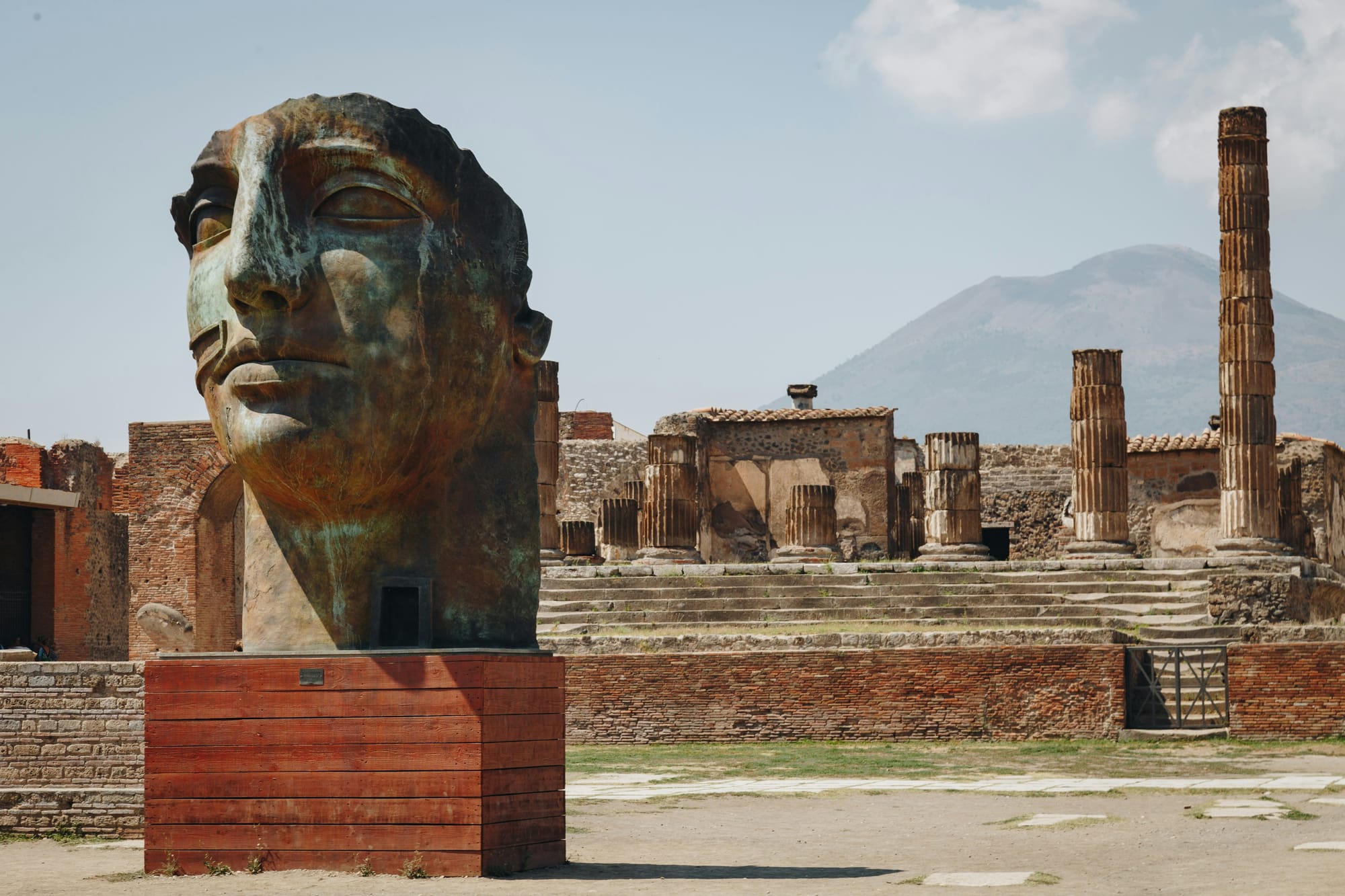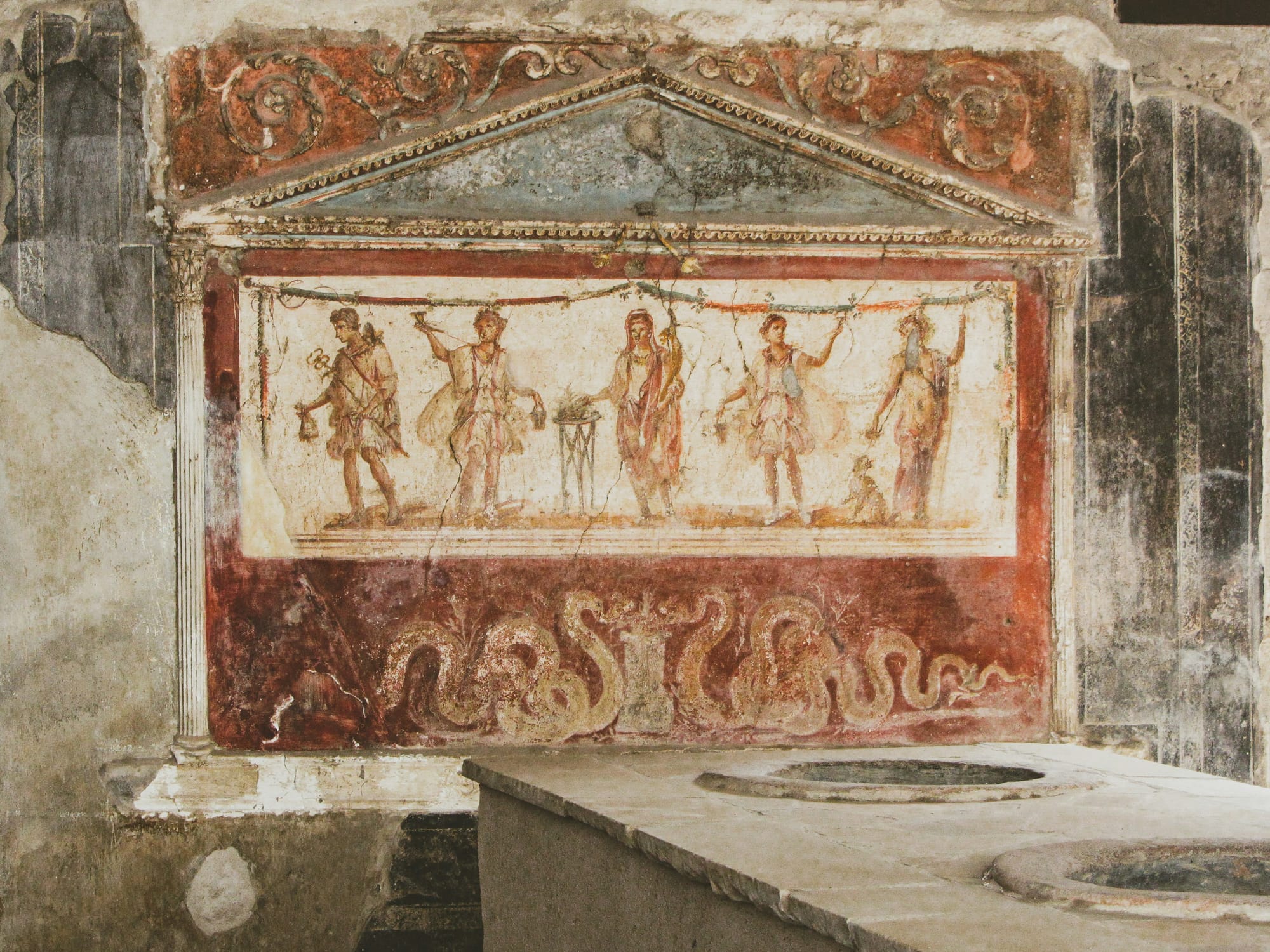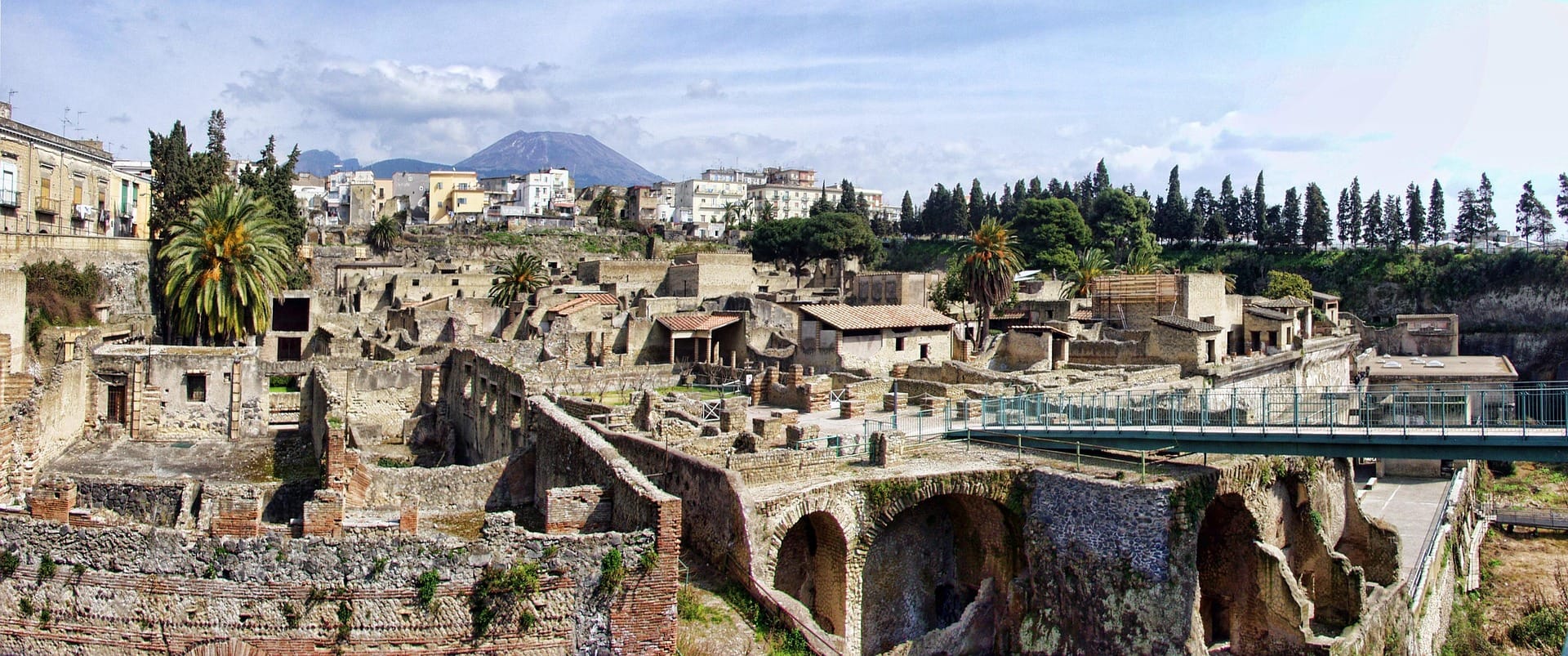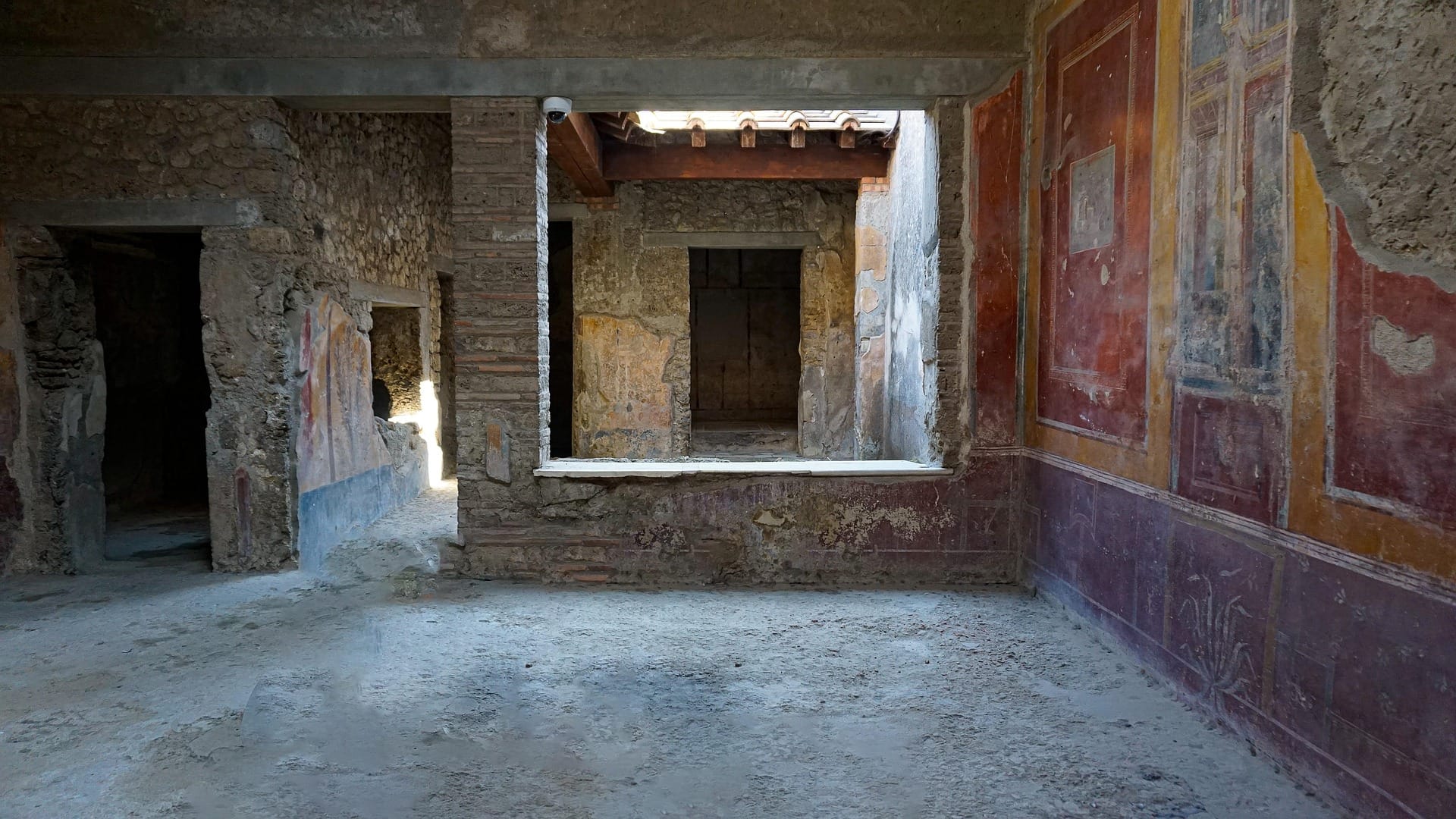In the annals of history, few events are as dramatically frozen in time as the eruption of Mount Vesuvius in 79 AD. In a matter of hours, a catastrophic force of nature buried vibrant Roman cities under layers of volcanic ash and pyroclastic flow, preserving them for millennia. Today, the archaeological sites of Pompeii and Herculaneum offer an unparalleled window into the ancient world, a hauntingly intimate glimpse of life and its sudden, violent end.
For the curious traveler, a visit to these UNESCO World Heritage sites is not merely a sightseeing excursion; it is a profound journey into the heart of Roman civilization. This guide is designed to be a definitive resource for planning such a visit. It delves into the unique character of each site, helping to choose between them—or, ideally, to appreciate the distinct stories both have to tell. It explores the nuances of their preservation, highlights the must-see structures that reveal the fabric of Roman society, and offers concrete advice on logistics and expert-led tours that can transform a great visit into an unforgettable one.
The tale of two cities: Pompeii vs. Herculaneum
The primary question for many planners is: Pompeii or Herculaneum? The answer depends entirely on the kind of experience one seeks. They are not interchangeable. The very nature of their destruction defined their preservation and, consequently, shapes the visitor's journey today.
Pompeii, the larger and more famous of the two, was a bustling commercial hub of approximately 11,000 people. It was slowly buried over many hours by a relentless rain of pumice stone (lapilli) and ash. This weight caused most roofs and upper floors to collapse. The result is a vast, sprawling city plan, an epic landscape of streets, forums, and public buildings that conveys the sheer scale and structure of a Roman provincial city. It is a place to understand the public framework of Roman life.
Herculaneum, by contrast, was a smaller, wealthier seaside resort with a population of around 4,000. It was not buried by ashfall but was instantly engulfed by a superheated pyroclastic surge—a fast-moving, dense cloud of hot gas and rock. This surge carbonized organic materials and entombed the town in a deep, airtight layer of volcanic tuff. The preservation here is astonishingly different. Wooden beams, doors, furniture, and even papyrus scrolls survived. Buildings often stand with their upper floors intact. The experience is more intimate, offering a detailed, almost voyeuristic look into the private lives and material culture of its affluent residents.
Conclusion: For a singular, profound experience, Herculaneum often holds the edge due to its incredible state of preservation and quieter atmosphere. However, to fully comprehend the scope of Roman life in the region, visiting both is essential. They are not redundant; they are two complementary chapters of the same story.

Exploring Pompeii: a complete guide to the ruins
A visit to Pompeii is about grasping the magnificent scale of Roman civic life. Walking its stone-paved roads, one can feel the pulse of a city that was a vital commercial and social center.
The heart of public life: the Forum
The Forum was the absolute core of Pompeii's religious, political, and commercial existence. Standing in this vast rectangular plaza, surrounded by the ruins of once-majestic buildings, is a powerful experience. It’s here one can best appreciate the city's public grandeur. Key structures enclose the space:
- The Basilica: This was not a church, but the courthouse and center of business administration. Its impressive size and forest of columns speak to the importance of law and commerce.
- The Temples of Apollo, Jupiter, and Venus: These religious centers, in varying states of ruin, demonstrate the pantheon of gods that governed daily life. The Temple of Jupiter, set against the backdrop of Vesuvius, is particularly evocative.
- The Macellum: The city’s main food market, with a central area where fish was sold. It provides a tangible link to the daily routines of Pompeii's inhabitants.
Culture and entertainment in ancient Pompeii
- The Amphitheater: Located at the far end of the site, this is the oldest known Roman amphitheater in existence. Its sheer size, capable of holding 20,000 spectators, is a testament to the cultural significance of gladiatorial games.
- The Theaters (Large Theater and Odeon): Pompeii had two theaters. The larger, open-air theater hosted plays, while the smaller, roofed Odeon was for more intimate musical performances, showcasing a sophisticated cultural scene.
Glimpses of private life: key villas to visit
While public spaces dominate, certain houses offer a deep dive into domesticity and social hierarchy.
- The House of the Faun: One of the largest and most luxurious residences in Pompeii, it famously housed the magnificent Alexander Mosaic (the original is now in the Naples National Archaeological Museum). Its size and opulence clearly mark it as the home of a member of the elite.
- The Villa of the Mysteries: Located just outside the main city walls, this suburban villa is a destination in itself. It is home to one of the most significant and enigmatic fresco cycles from the ancient world. The large, continuous paintings are widely interpreted as depicting the initiation of a woman into the Dionysian Mysteries, a secret cult of Bacchus. The vibrant colors and life-sized figures are mesmerizing, offering a profound insight into Roman spiritual and esoteric practices.

Herculaneum: an intimate encounter with the past
Herculaneum’s magic lies in its details. The level of preservation allows for an almost personal connection with the people who lived and died here. It feels less like a city of ruins and more like a town simply deserted.
The houses of Herculaneum: a study in detail
Walking into a house in Herculaneum can feel like stepping back in time.
- House of Neptune and Amphitrite: This house is renowned for its stunning glass paste mosaic decorating an outdoor triclinium (dining area). The vibrant depiction of the sea god and his consort is a masterpiece of Roman art, a clear statement of the owner's wealth and cultured taste.
- House of the Deer: Named for the marble statues of stags attacked by dogs found in its garden, this was a luxurious seaside villa. It showcases the concept of otium, or leisure, with its large terraces and panoramic views of the bay. The discovery of a carbonized loaf of bread here, stamped with the baker's seal, is a poignant reminder of a day that began like any other.
- Samnite House: One of the oldest homes in Herculaneum, it features a beautiful Hellenistic-style atrium with an upper-story gallery, revealing architectural traditions that predate many of the other Roman structures.
Public life and intellectual pursuits
- The College of the Augustales: The headquarters for a confraternity of priests dedicated to the cult of Emperor Augustus. Its magnificent, well-preserved frescoes are among the finest in the Roman world, their colors still incredibly vivid.
- The Villa of the Papyri: Perhaps the most significant discovery at Herculaneum, this vast suburban villa contained the only intact library from the classical world. Over 1,800 carbonized papyrus scrolls, primarily containing Greek philosophical texts from the Epicurean school of Philodemus, were unearthed. While the villa itself is mostly unexcavated and inaccessible, the story of its library—and the ongoing efforts to read the scrolls using advanced technology—is a thrilling narrative for any cultural traveler. Many of the villa's recovered bronze sculptures are on display at the Naples National Archaeological Museum.
The final moments: skeletons on the shoreline
The most heart-wrenching site in Herculaneum is down by the ancient shoreline. Inside the waterfront boat chambers, the skeletons of over 300 people were discovered in the 1980s. These were residents who had fled to the shore in a desperate attempt to escape, only to be killed instantly by the intense heat of the first pyroclastic surge. Unlike the plaster casts of Pompeii, which show the form of the bodies, these are the actual remains, a direct and powerful testament to the human tragedy of the eruption.

Planning your visit: a complete logistics guide
A successful visit, especially for the independent traveler, requires meticulous planning.
How to get to Pompeii and Herculaneum from Naples
The most efficient way to reach both sites is via the Circumvesuviana train line, which runs from Naples (Piazza Garibaldi station) to Sorrento.
- For Pompeii, the stop is Pompei Scavi - Villa dei Misteri. The entrance is a short walk from the station.
- For Herculaneum, the stop is Ercolano Scavi. From the station, it is a pleasant 10-minute walk downhill to the site entrance.
Tickets and timing: how to book and when to go
- Booking: It is essential to book tickets online in advance, especially during high season (April-October). The official vendor is TicketOne, accessible through the Parco Archeologico di Pompei website. This avoids long queues.
- Ticket Options: Consider the Campania ArteCard. The 3-day version offers free entry to the first 2 sites visited (a perfect combination for Pompeii and Herculaneum) and discounts on subsequent sites, plus includes regional public transport. It provides both value and convenience.
- Best Time to Visit: The shoulder seasons (April-May and late September-October) offer the best balance of pleasant weather and manageable crowds. A weekday visit is always preferable to a weekend. To avoid the midday heat and tour bus crowds, arrive at the opening time.
- You can learn more by reading this guide, which will provide you with further information.
Combining both sites: a sample one-day itinerary
Visiting both Pompeii and Herculaneum in one day is possible but demanding. For a more measured pace, dedicate a full day to Pompeii and a half-day to Herculaneum. If doing both in one day is necessary:
- Start at Pompeii: Arrive at opening (9:00 AM) to experience the Forum in relative quiet. Spend 3-4 hours focusing on the Forum, the theaters, and one or two key houses like the Villa of the Mysteries.
- Lunch Break: Avoid the tourist traps around the entrances. Consider a simple panino or a stop at a local caseificio (cheese shop) away from the main drag.
- Travel to Herculaneum: Take the Circumvesuviana train (a ~20-minute ride) from Pompei Scavi to Ercolano Scavi.
- Explore Herculaneum: Spend 2-3 hours in the afternoon here. As it is smaller and more shaded than Pompeii, it is a more manageable afternoon destination.

The value of an expert guide: recommended tours for Pompeii & Herculaneum
While self-exploration is rewarding, the complexity and scale of these sites mean that their stories are best unlocked with the help of an expert. For the cultural traveler, a generic tour will not suffice. The ideal guide is an archaeologist or a historian who can move beyond dates and names to reveal the social, political, and cultural context of what is being seen.
What to look for in a quality tour:
- Expert Guide: The guide's qualification is paramount. Look for tours explicitly led by licensed archaeologists or PhD-level historians.
- Small Group Size: A small group (typically under 15 people) ensures an intimate experience, with ample opportunity to ask questions and engage in discussion.
- Thoughtful Itinerary: A quality tour will not just rush between famous buildings. It will follow a narrative, perhaps tracing the life of a typical citizen or focusing on a specific theme like art, engineering, or social class.
Highly-Regarded Tour Operators:
- Walks of Italy: Known for their engaging, expert-led small-group tours. Their "Complete Pompeii Experience" is consistently praised for its knowledgeable archaeologist guides who bring the ruins to life with compelling storytelling.
- The Roman Guy (The Tour Guy): This company has built a reputation on high-quality, fun, and informative tours. Their guides are known for being both incredibly knowledgeable and excellent communicators, making complex history accessible and engaging.
- LivTours: Specializing in private and semi-private tours, LivTours is an excellent option for those seeking a more personalized and flexible experience. Their private tours of Pompeii and Herculaneum allow for a customized itinerary tailored to specific interests, led by top-tier local experts.
Booking a tour with one of these respected operators ensures that a visit to Pompeii or Herculaneum is not just a walk through ancient ruins, but a deep, meaningful, and intellectually stimulating dialogue with the past. It is an investment in understanding, the true hallmark of authentic cultural travel.






